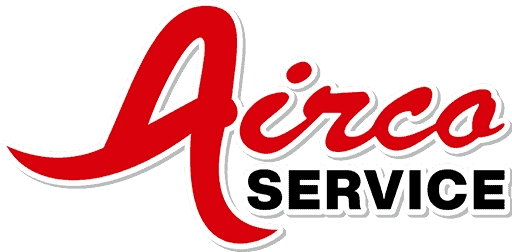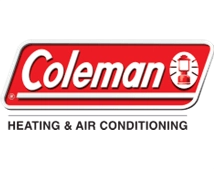Common Types of Air Conditioners
HVAC technicians have the expertise to service most air conditioner types, but knowing more about what you have can be beneficial. Below, we'll outline each of the common AC units.
- Portable air conditioners: As the name suggests, portable ACs don't require permanent installation or ductwork. Instead, they remove hot air through an exhaust hose connected to a window or nearby vent. They're preferred for apartments, condos, or individual rooms.
- Central AC: These are the most common residential AC systems, offering precise, consistent temperature control. They feature a central unit that cools and purifies outside air and sends it through ducts to different rooms in your home.
- Split ACs: Split ACs have two main elements: one indoors and one outdoors. They provide silent operation, enhanced efficiency, ductwork options, and more cooling capability versus mini-splits.
- Ductless mini-split: Ductless mini-splits have an exterior unit and one or more indoor units, with no ductwork required. They offer flexible installation options, higher energy efficiency, and individual room temperature control.
- Window ACs: Window air conditioners are a popular choice for Broken Arrow apartments, townhomes, and condos. These compact, affordable units are designed for cooling small spaces and single rooms, and they fit snugly in a window frame or dedicated wall slot. Many window-mounted AC users set up their units without professional assistance, though technicians can still help with maintenance and repairs.
How to Choose Your Broken Arrow AC Repair Service
With Broken Arrow's blazing heat, AC problems are critical to fix for your comfort and safety. However, don't rush to sign a contract until you're convinced a company is the best fit for you. We recommend following these steps in your research.
Confirm the Company Is Properly Licensed and Insured
Oklahoma HVAC companies must be licensed mechanical contractors. The state Construction Industries Board outlines multiple different paths to licensure, which always include a trade exam and field experience requirements.
Many states and cities also require companies to carry liability insurance. Even if your community doesn't require it, we still recommend choosing an insured company. This will protect you if an accident happens or something gets damaged.
Read Customer Reviews
Find customer reviews on the Better Business Bureau (BBB) website for each company you're interested in. The BBB accredits contractors that resolve complaints professionally and honor their warranties.
It's normal for even the best AC repair companies to have both positive and negative reviews. Read each one carefully, and avoid a company if most reviewers had subpar experiences.
Compare Estimates
We suggest getting at least three different quotes to find the best pricing and offerings. Get a written copy of each quote, and learn more about manufacturer warranties, installer guarantees, permitting fees and emergency repair availability.
Ready to Get a Quote on Your Hvac Project?
Please enter a valid 5-digit zip code!
Frequently Asked Questions About AC Repair in Broken Arrow
What's the cost of an AC repair job in Broken Arrow?
See the average costs for common AC repairs below.
| Common Repair | Average Cost |
|---|---|
| Clogged air filter | $60–$159 |
| Electrical circuits | $200–$250 |
| Drainage problems | $100–$150 |
| Thermostat | $80–$199 |
| Refrigerant leak | $400–$1500 |
| Frozen condenser coils | $1,194–$3,582 |
| Fan or air blower issues | $150–$200 |
| Compressor replacement | $600–$1,513 |
What are some signs that I should call an HVAC repair company?
- Clogged air filter
- Dirty evaporator coil
- Fan motor failure
- Faulty thermostat
- Faulty wiring
- Freon leak
- Frozen evaporator coil
- Improper refrigerant charge
- Malfunctioning capacitor
- Malfunctioning compressor
- Mold or mildew growth
- Oversized or undersized unit
- Refrigerant leak
- Water leaks
Why is my AC running but not cooling?
Why should I hire an HVAC professional? Couldn't I repair my air conditioner myself?
How quickly can an HVAC company in Broken Arrow respond to emergency repair requests?
To share feedback or ask a question about this article, send a note to our Reviews Team at reviewsteam@thisoldhousereviews.com.
















